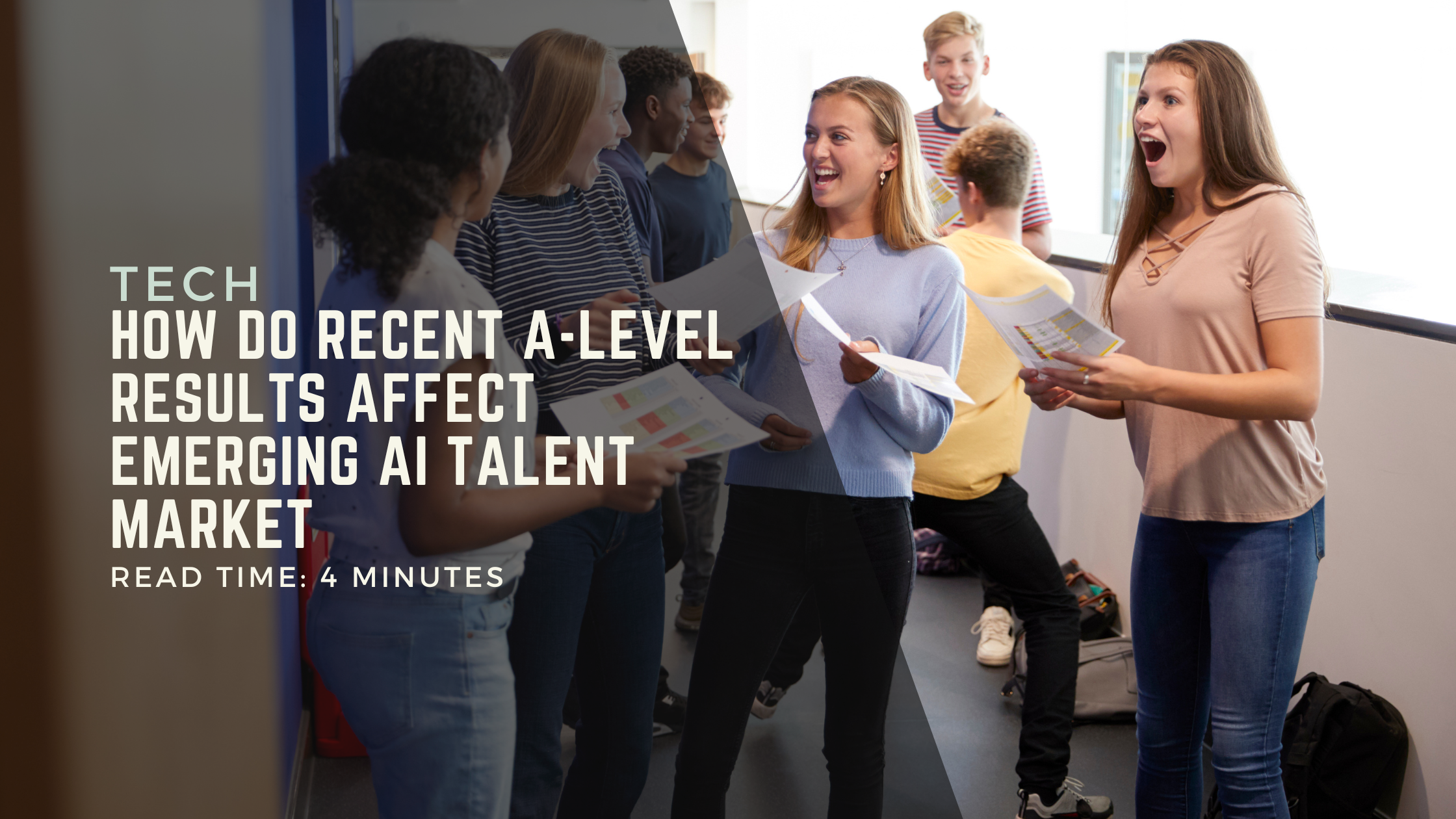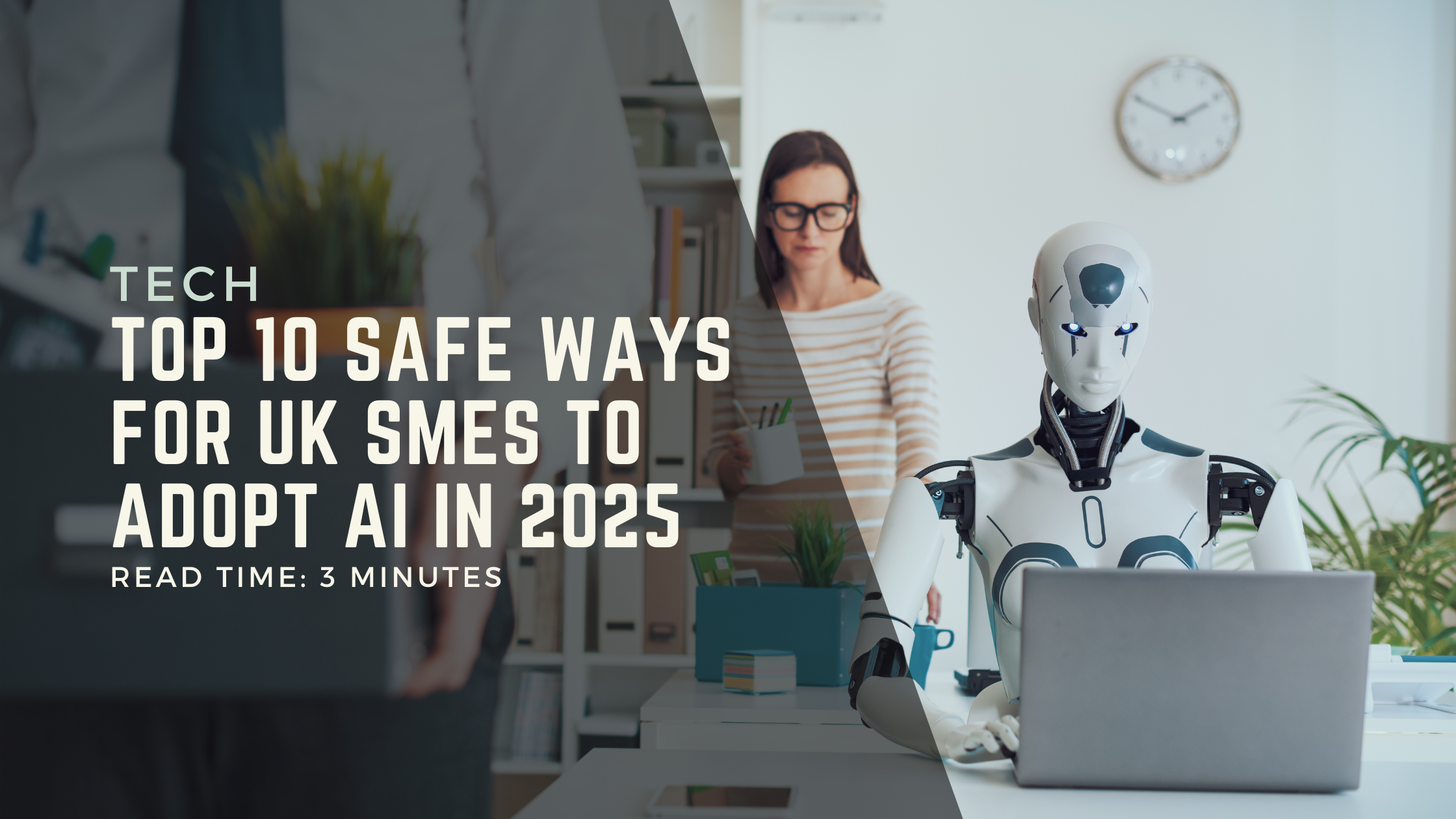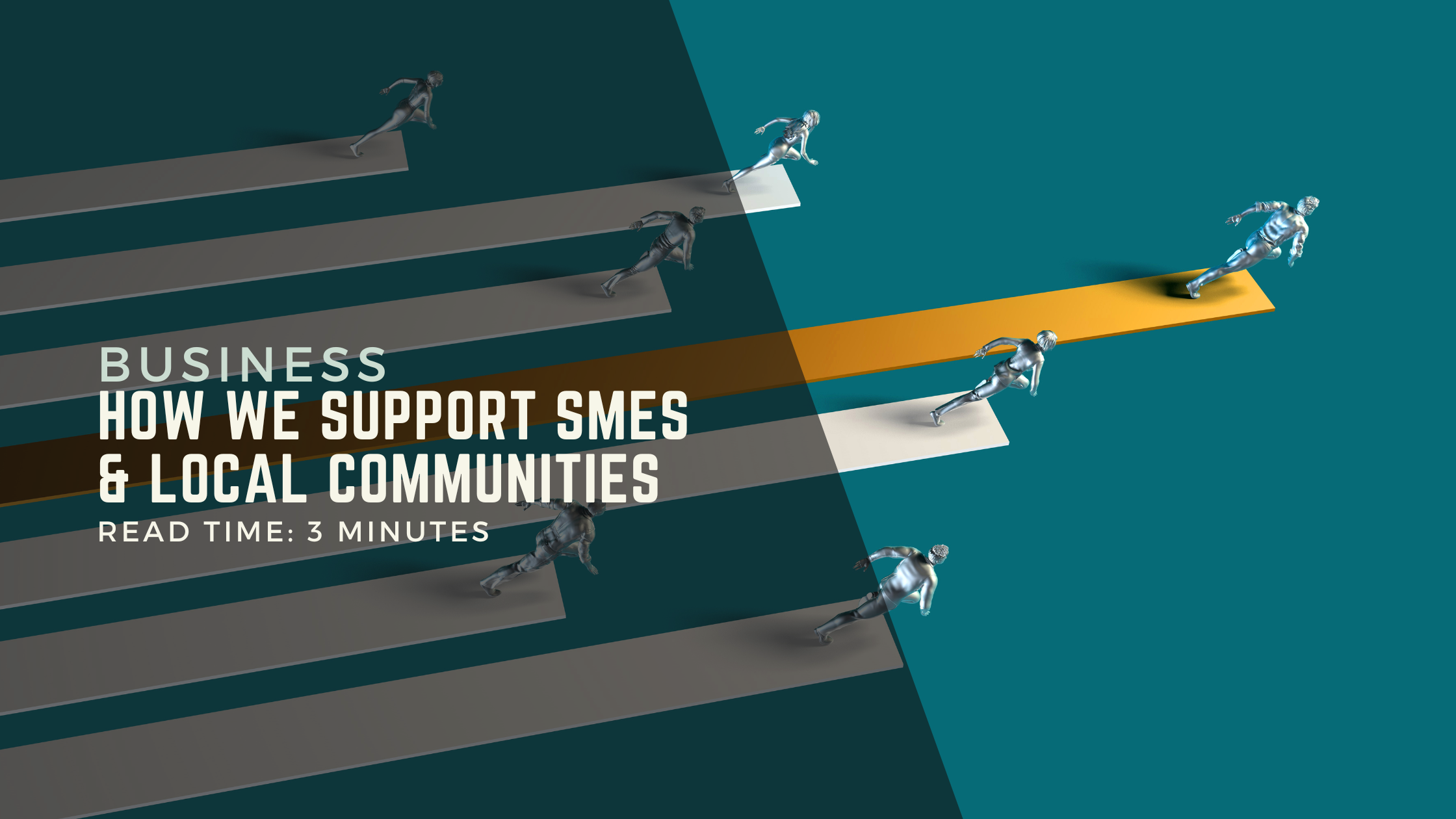This week’s A-level results have revealed a striking trend: more students than ever are taking, and excelling in, Computer Science, with strong crossover into Mathematics, Further Mathematics, and Physics. These are the building blocks of artificial intelligence engineering, and they point towards a significant shift in the AI talent pipeline.
For years, the AI race has been dominated by tech giants like Meta, Google DeepMind, OpenAI, and Anthropic, who have been offering salaries and stock packages up to $250million to lure the brightest machine learning minds. In some cases, senior AI researchers are earning more than FTSE 100 CEOs prompting comparisons with Premier League footballers.
But with an emerging wave of young, AI-literate coding talent, is this pay bubble sustainable? And what might it mean for AI businesses over the next decade?
The Rise of AI-Native Coders
According to Ofqual data, entries for A-level Computer Science have risen by more than 15% over the past five years, and top grades in STEM subjects remain strong despite grade deflation in other areas. What’s changed is the practical exposure to AI these students have had:
- School projects now frequently involve Python-based AI libraries like TensorFlow and PyTorch.
- AI coding challenges and hackathons are more accessible than ever.
- Students have grown up with generative AI tools like ChatGPT as part of their learning toolkit.
This means they’re entering higher education or the workforce with hands-on skills that used to take years to acquire.
The Current AI Salary Landscape
Right now, the AI talent market is tight, and the numbers are eye-watering:
- Meta has reportedly offered total compensation packages exceeding £1.5m per year for senior AI engineers, with sign-up bonuses reaching $250m.
- OpenAI and Anthropic have been matching or exceeding these offers for top-tier researchers.
- In the UK, even mid-level machine learning roles at major financial institutions can command £150k+ base salaries plus bonuses.
For AI specialists, this is the equivalent of a golden age in sports, a short-term window where rare skills command extreme market premiums.
Is the AI Pay Bubble Sustainable?
The million-pound question (literally) is whether this can last. Several forces suggest the market will normalise:
-
- Supply Surge: With universities expanding AI-related courses and thousands more school leavers pursuing Computer Science, the talent bottleneck will ease over the next 5–10 years.
- Tooling Advances: AI-assisted coding is reducing the amount of manual engineering required, meaning fewer people can build more.
- Specialisation Shift: As AI platforms become commoditised, value will shift from core model building (where big tech dominates) to applied AI for niche industries, a space where SMEs can compete effectively.
- Economic Cycles: If VC funding tightens or regulatory burdens rise, hiring frenzies will slow.
It’s possible that top AI researchers will still command high salaries, but the “footballer” phenomenon may narrow to a handful of elite roles; not the thousands of inflated packages we’re seeing now.
What This Means for AI Businesses of the Future
AI Skills Will Be Ubiquitous: In the next decade, AI engineering skills will be as common among graduates as basic web development is today. This will open the door for SMEs to hire capable AI developers without breaking the bank.
Specialisation Will Matter More Than Scale: Competitive advantage will come from applying AI to specific industry problems, not just building general-purpose models.
Talent Retention Will Shift: Rather than poaching staff from big tech, smaller firms will increasingly grow their own AI engineers from apprenticeship level.
Global Competition Will Intensify: As emerging markets produce their own waves of AI coders, salary pressure may actually reverse for many roles.
How SMEs Can Prepare Now
Forge School & University Links: Partner with local sixth forms, colleges, and universities to identify talented Computer Science students early.
Offer AI-Focused Apprenticeships: Create junior developer roles that combine learning with real-world AI integration work.
Invest in Internal AI Literacy: Don’t just hire AI engineers, ensure your wider team understands how to work with them and use AI tools effectively.
Target Niche Applications: Focus your AI development on solving problems big tech won’t touch, hyper-local, industry-specific, or regulation-heavy sectors.
Final Thought
We may look back on the 2020s as the “footballer years” for AI talent, a time when a few elite coders could name their price. But as the pipeline of skilled young developers swells, the balance of power will shift.
For SMEs, that’s good news. The AI skills gap is closing, the talent is emerging younger than ever, and the cost barrier to building AI-powered products is likely to fall. The winners will be the businesses preparing to harness that talent before the big salary bubble bursts.
Citations
https://www.forbes.com.au/news/innovation/zuckerbergs-1-billion-offers-can-meta-lure-back-top-ai-talent/
https://www.gov.uk/government/statistics/provisional-entries-for-gcse-as-and-a-level-summer-2024-exam-series/provisional-entries-for-gcse-as-and-a-level-summer-2024-exam-series
https://www.ocr.org.uk/news/computing-surges-in-popularity-at-gcse-and-a-level
https://www.nesta.org.uk/report/the-future-of-skills-employment-in-2030









